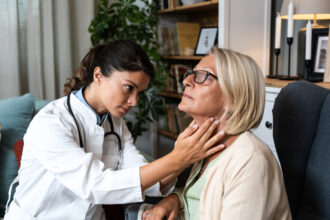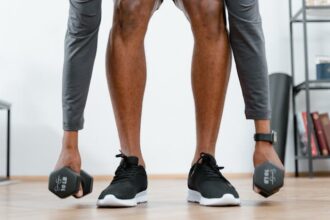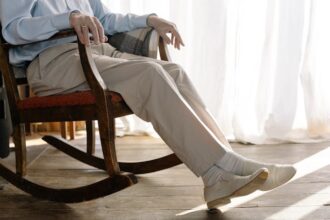In an era where physical activity is increasingly recognized as a cornerstone of healthy ageing, a research team led by Luis Soto, a physiotherapist at the Parc Sanitari Pere Virgili health complex, in collaboration with digital health specialists from the Universitat Oberta de Catalunya (UOC), embarked on a comprehensive evaluation of exercise mobile applications available on prominent app stores. Their goal was to assess the app’s suitability for the online prescription of physical exercise and its alignment with the specific needs of older adults.
Soto emphasized the universal advice from the current scientific literature to enhance physical activity, incorporate strength training, and curtail sedentary habits. “While engaging in any form of exercise is preferable to inactivity, it is our duty as professionals to tailor our recommendations to each individual, adjusting the intensity, volume, frequency, and progression of activities accordingly,” he stated.
What sets this investigation apart, as highlighted by PhD Marco Inzitari, Director of Integrated Care and Research at Parc Sanitari Pere Virgili and a researcher at the UOC’s Faculty of Health Sciences and the eHealth Center, is its systematic approach. Published in the prestigious journal of the British Geriatrics Society, the study adheres to stringent app selection and analysis methods and ventures beyond traditional scientific databases to explore applications directly from consumer marketplaces. This approach offers insights into the apps that are readily accessible and widely used, shedding light on their practical application in everyday life.
The study critically assessed 15 out of more than 8,000 exercise apps available on Apple’s App Store and Google’s Play Store, selecting those with over 10,000 downloads, targeted at older audiences, updated within the last three years, available in English, and not confined to any single fitness discipline. The research team found these apps lacking in several areas, particularly in their adaptability to the needs of older individuals, both in terms of exercise prescription and user-friendliness, thus highlighting a significant gap in empowering this demographic.
A notable deficiency identified was the absence of apps catering to cognitive functions, underscoring the necessity for applications to be straightforward, user-friendly, and specifically designed with older adults in mind. The researchers advocate for involving potential users in the development process, especially older individuals from diverse backgrounds and with varying technological proficiency, to ensure the apps effectively meet their needs.
“Technology holds the potential to aid us significantly, yet its applications need to undergo thorough quantitative and qualitative evaluations. Our study aimed to provide a qualitative assessment of these apps, informed by scientific evidence, to aid professionals in prescribing physical exercise for older individuals,” Soto added.
Surprisingly, only one of the 15 apps evaluated was grounded in scientific evidence, as indicated by references in the PubMed scientific publication database. This study involved contributions from multiple institutions, including Parc Sanitari Pere Virgili, Universitat Oberta de Catalunya, the HiTT Foundation, Qida, and the Blanquerna School of Psychology, Education, and Sport Science at Ramon Llull University, highlighting the collaborative effort to improve digital health solutions for older adults.
More information: Luis Soto-Bagaria et al, Mobile applications to prescribe physical exercise in frail older adults: review of the available tools in app stores, Age and Ageing. DOI: 10.1093/ageing/afad227
Journal information: Age and Ageing Provided by Universitat Oberta de Catalunya (UOC)








